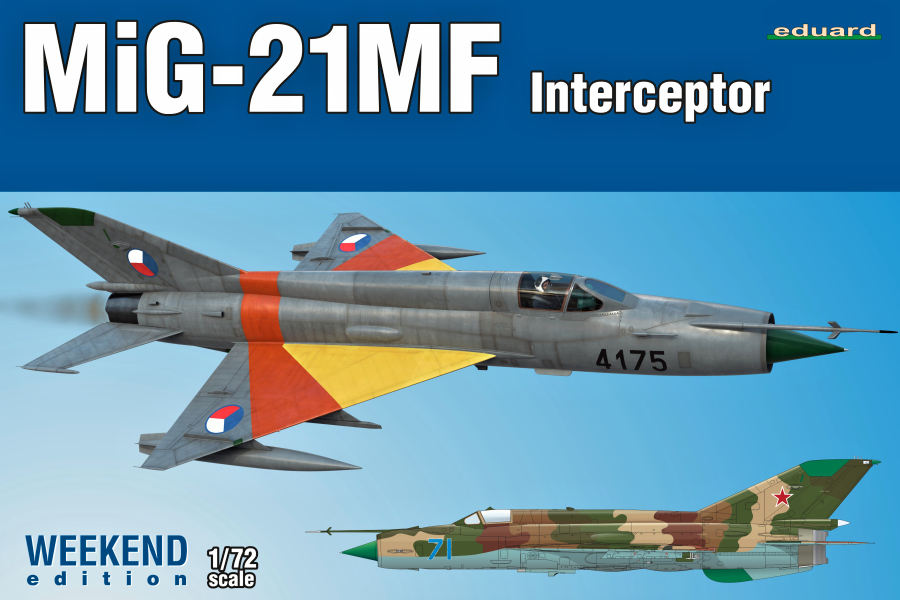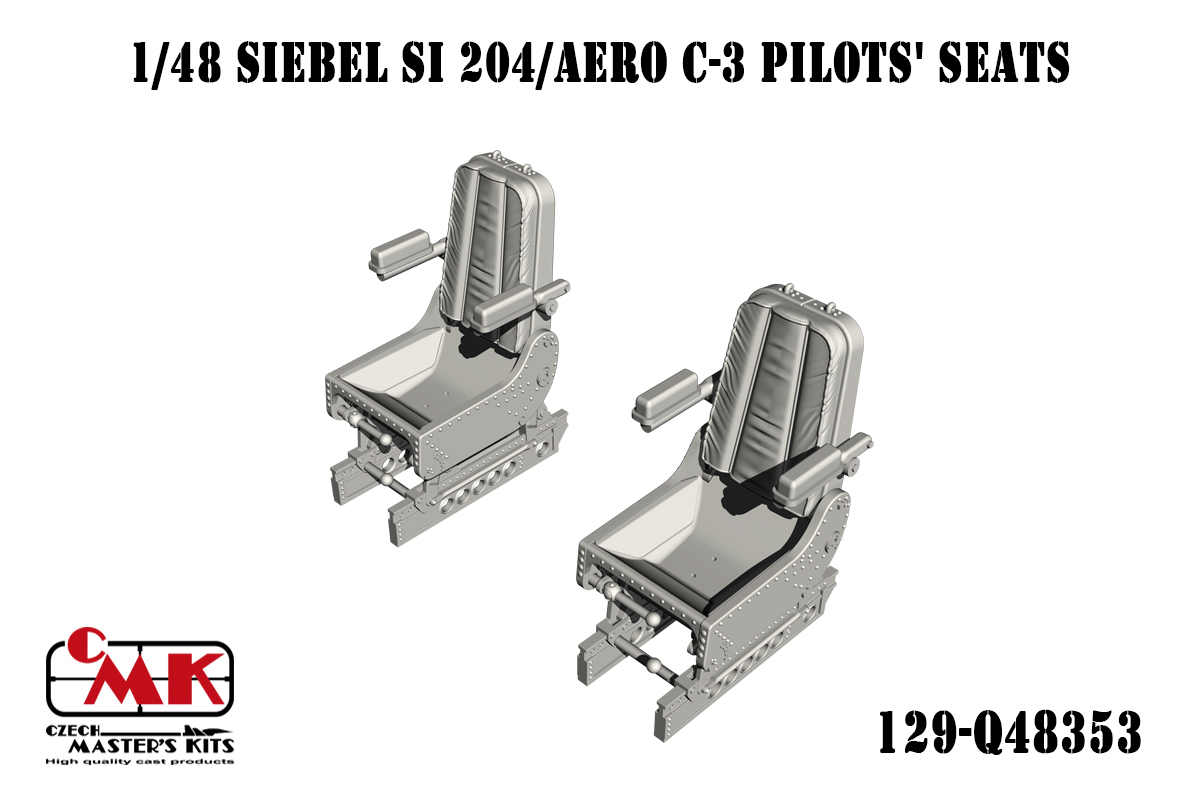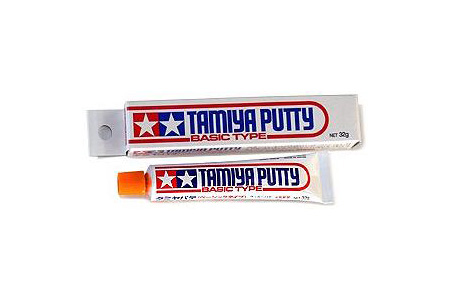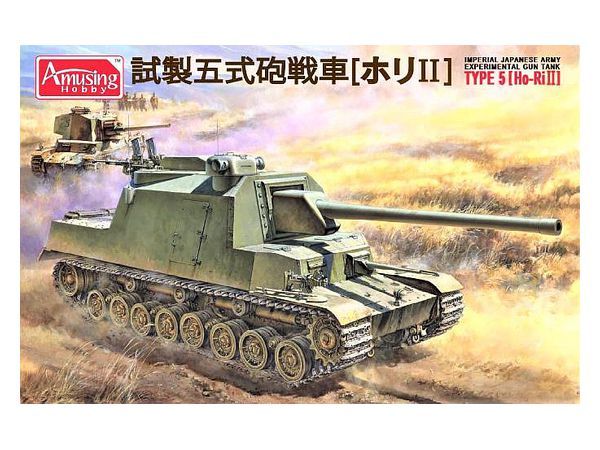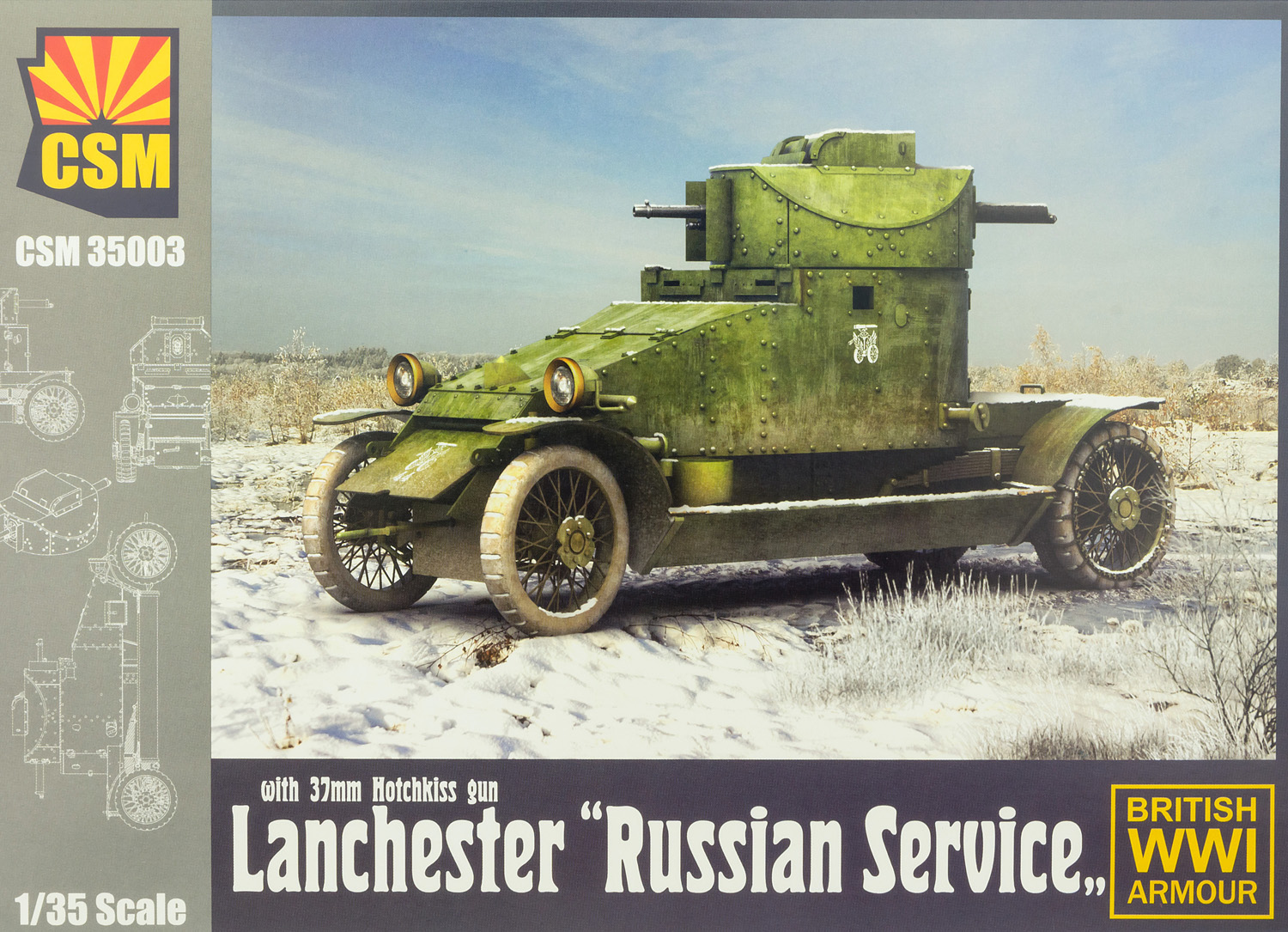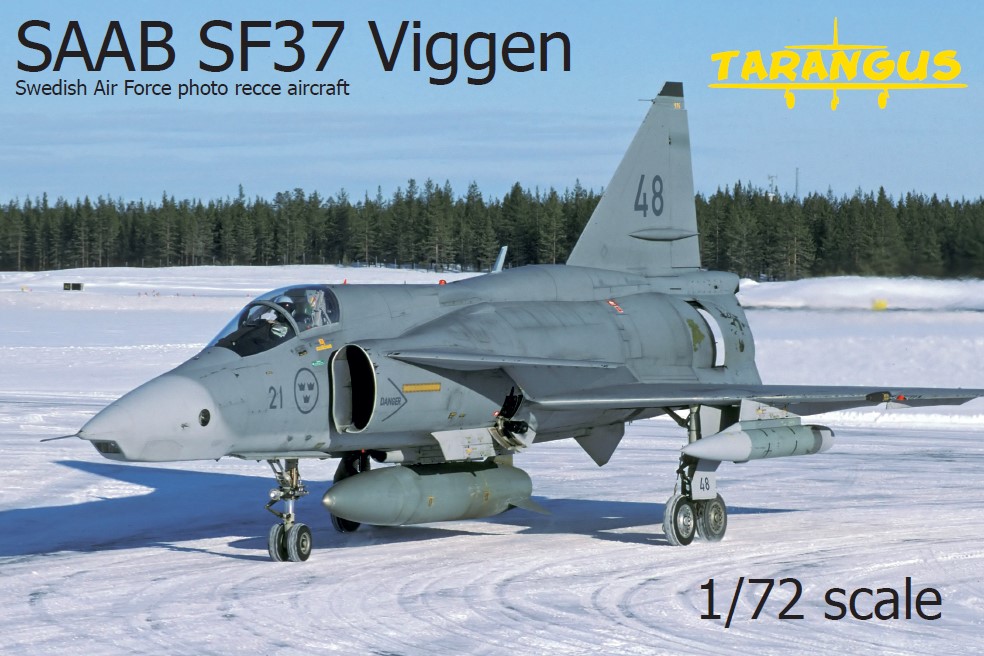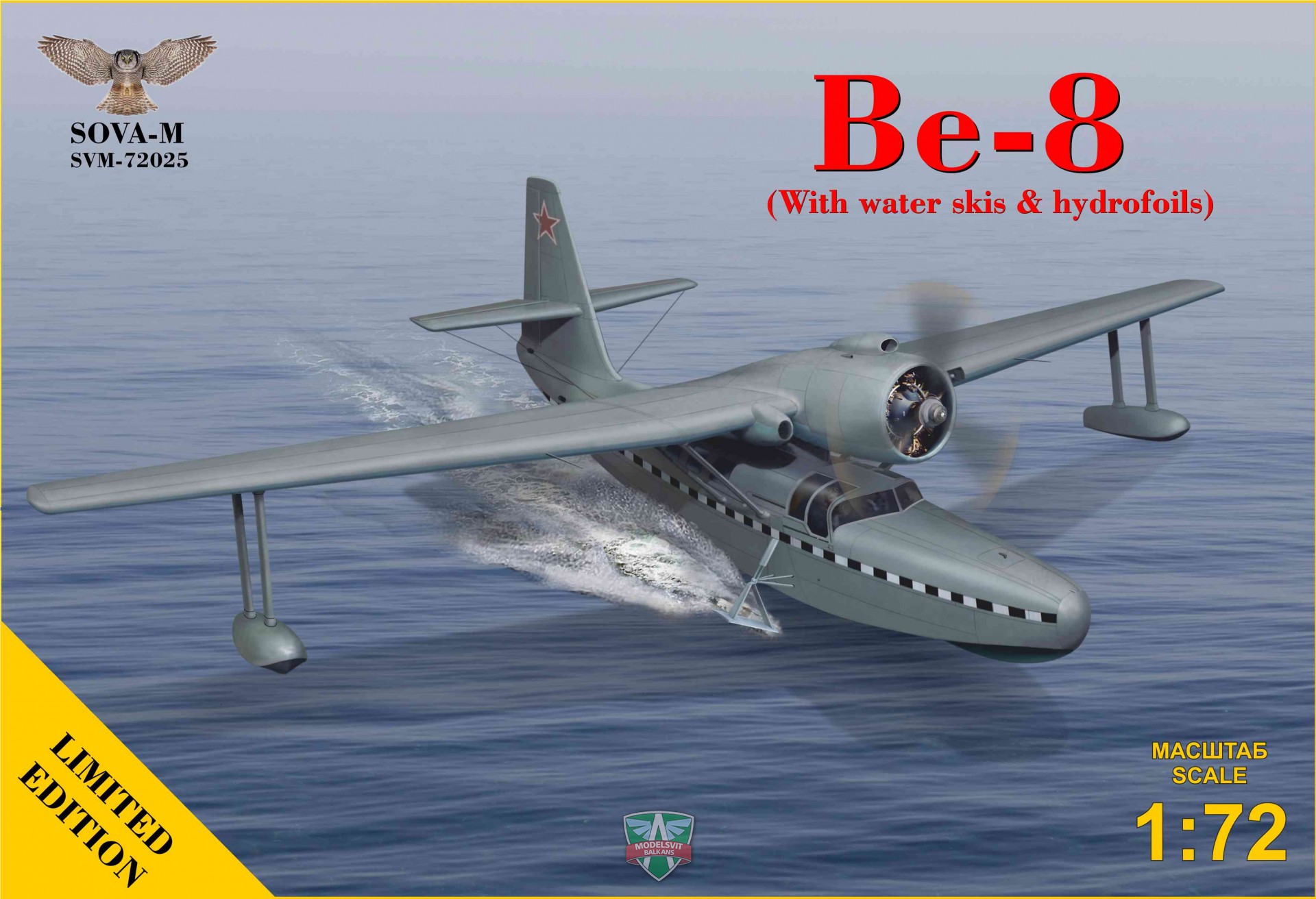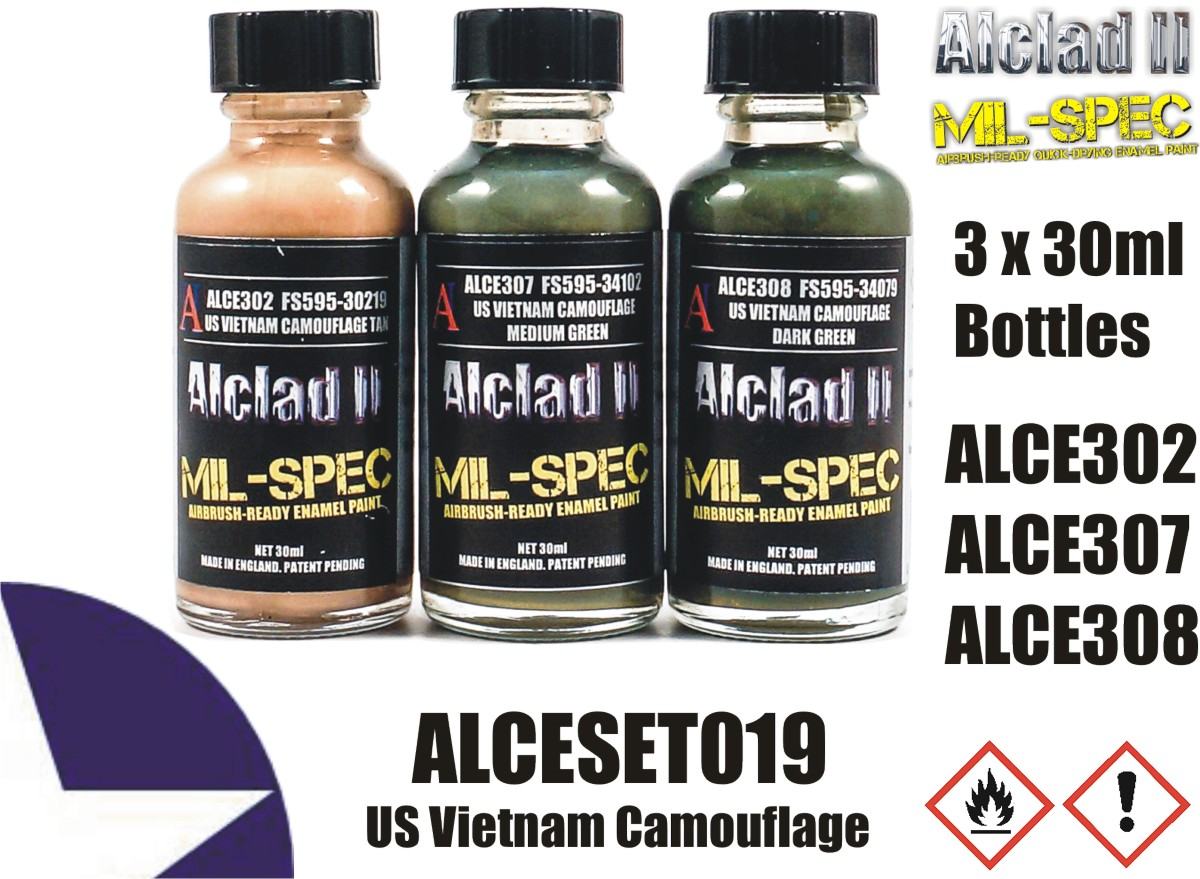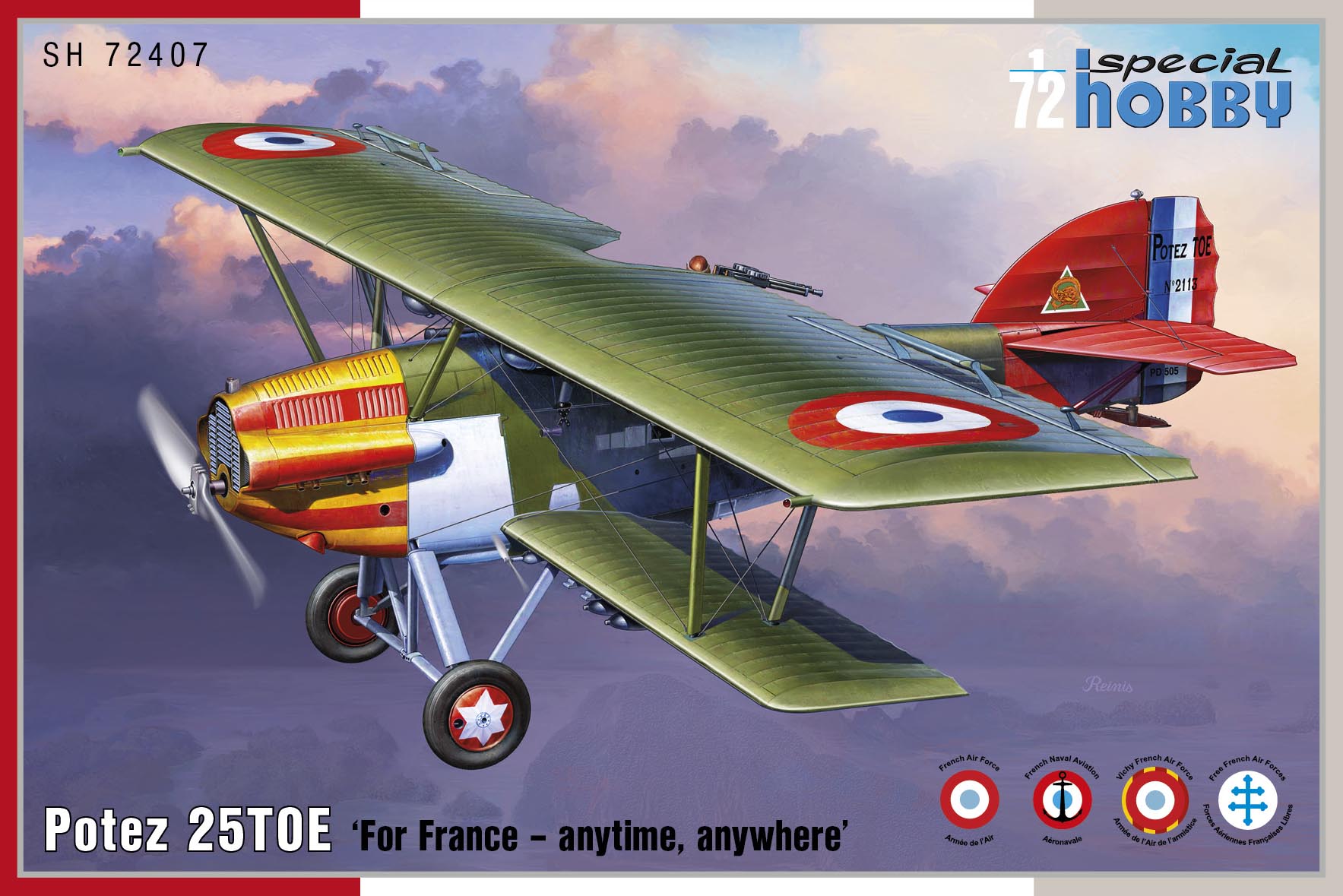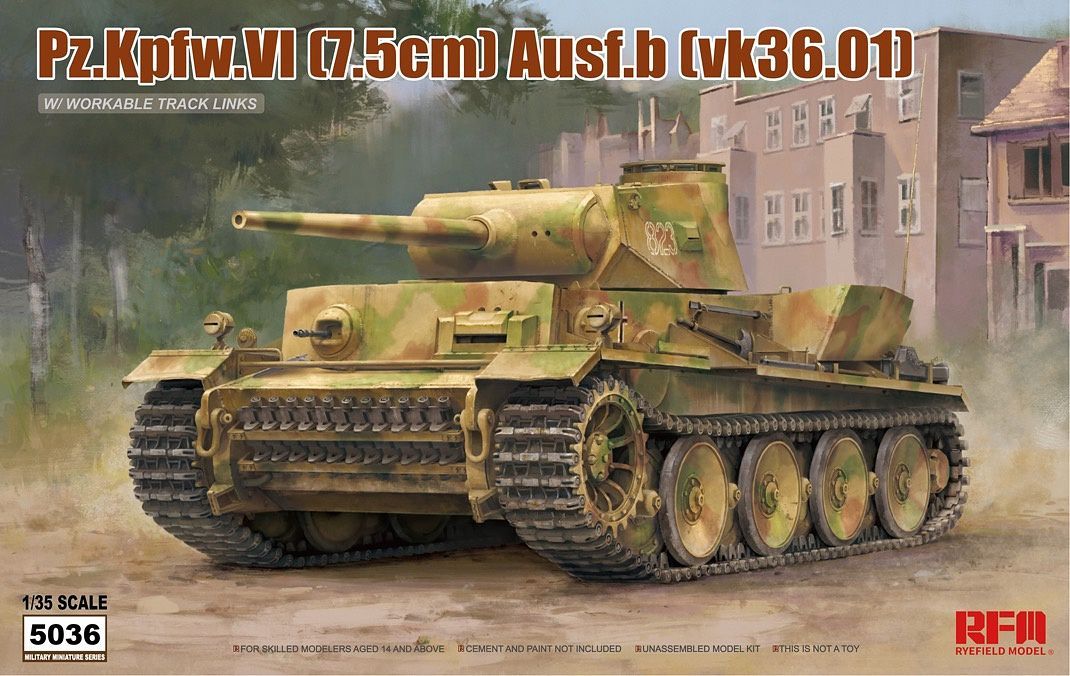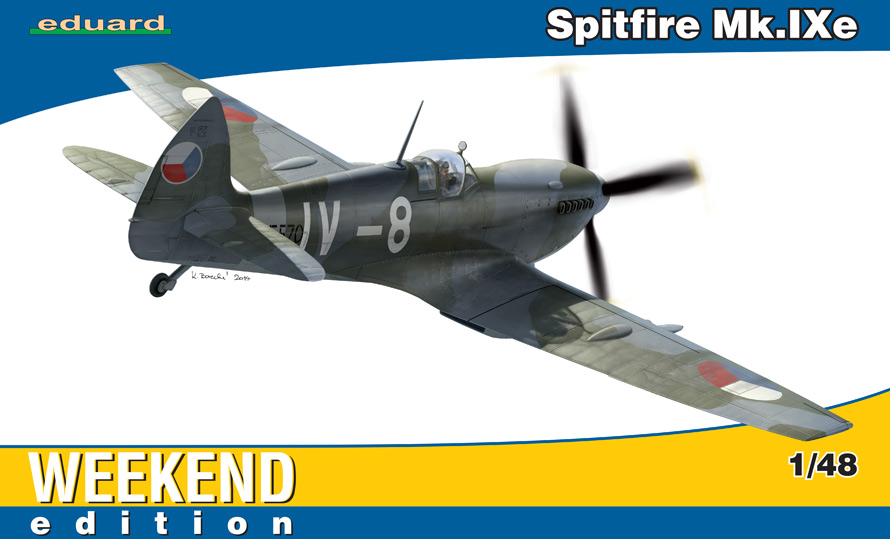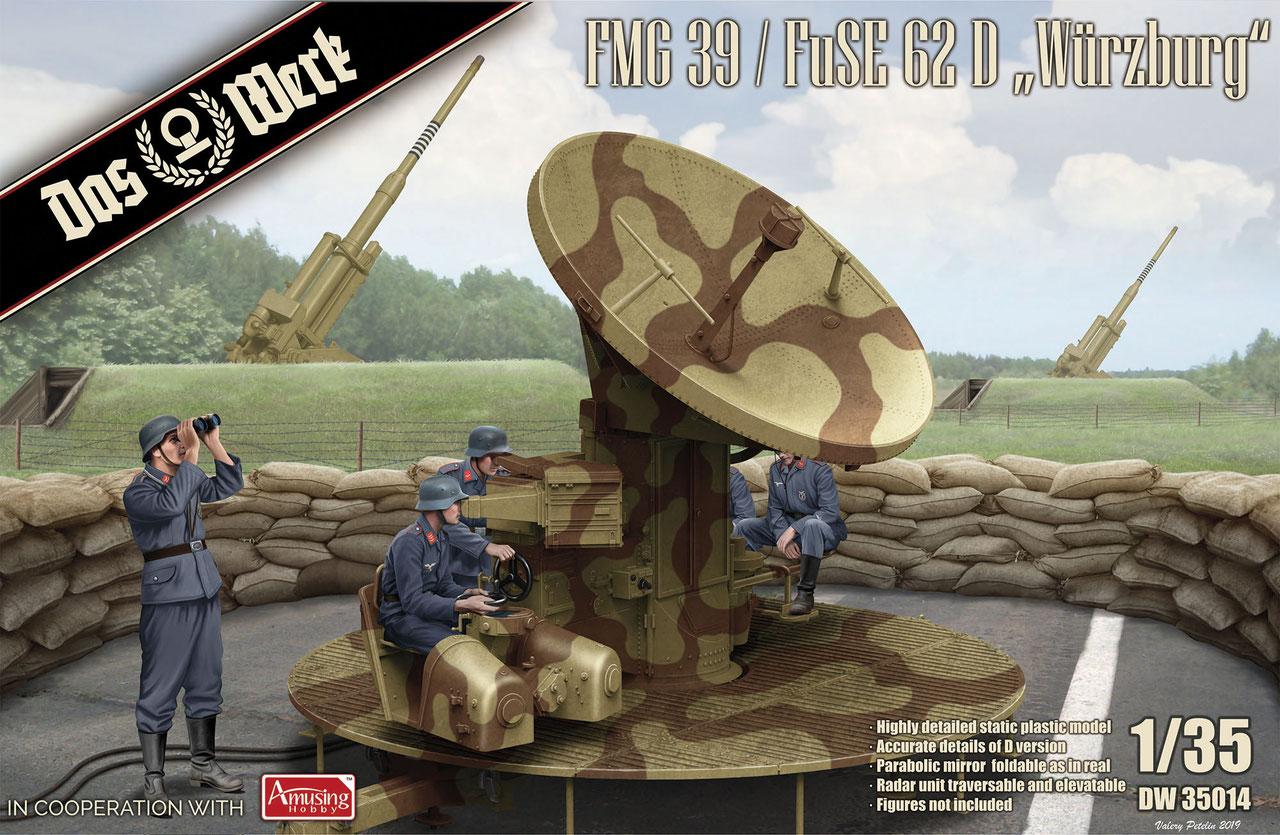Hračky
Celkem 2597 produktů
Máte doma malého fanouška slavné ságy z prostředí školy čar a kouzel v Bradavicích? Pořiďte mu detailně zpracovanou figurku ředitele Albuse Brumbála s fénixem Fawkesem. Brumbál má sobě má zdobený hábit a v ruce drží kouzelnou hůlku. Fénixe můžete kdykoliv na jeho ruku nasadit a opět sejmout. Hračka je vhodná pro děti od 6 let. Hlavní přednosti Ideální dárek pro fanoušky Harryho Pottera Detailní zpracování Specifikace Značka: Schleich Řada: Wizarding World – Harry Potter Model: Albus Brumbál a Fénix Určení: figurka Věk: od 6 let Rozměry (š x v x h): 15,5 x 18 x 11 cm Obsah balení 1x figurka Albuse Brumbála 1x figurka Fénixe
Máte doma malého fanouška slavné ságy z prostředí školy čar a kouzel v Bradavicích? Pořiďte mu detailně zpracovanou figurku ředitele Albuse Brumbála s fénixem Fawkesem. Brumbál má sobě má zdobený hábit a v ruce drží kouzelnou hůlku. Fénixe můžete kdykoliv na jeho ruku nasadit a opět sejmout. Hračka je vhodná pro děti od 6 let. Hlavní přednosti Ideální dárek pro fanoušky Harryho Pottera Detailní zpracování Specifikace Značka: Schleich Řada: Wizarding World – Harry Potter Model: Albus Brumbál a Fénix Určení: figurka Věk: od 6 let Rozměry (š x v x h): 15,5 x 18 x 11 cm Obsah balení 1x figurka Albuse Brumbála 1x figurka Fénixe
1/35 EXPERIMENTAL GUN TANK TYPE 5 (HO-RI II). This is an injection-plastic military vehicle model kit. The Experimental Gun Tank Type 5 (Ho-Ri II) was designed but never prototyped. Like the Ho-Ri I, it uses the body of the Type 5 Medium Tank Chi-Ri, and an aircraft gasoline engine (water-cooloed V-type 12-cylinder) was used rather than the traditional diesel engine. The Ho-Ri II also differs from the Ho-Ri 1 in its center-located battle chamber, and its vertical armor. In addition to its other armaments, it carries a pair of 20mm high-firing anti-aircraft cannon at the rear, with a ranging gun on the cupola. Order this tank for your own collection today!
1/35 Panzer IV Ausf. H early. Rye Field Model brings us the definitive model kit of the IV Tank H Type! This was the final development of the IV tank. Production began in April 1943, and by July 1944, 3,774 vehicles were produced -- the highest number in the IV series.The crawler tracks are assembled and movable; the Maybach HL120TRM engine is precisely reproduced around the breech. The suspension is movable too, and the starter wheels, guide wheels, and rolling wheels can all rotate after assembly thanks to polycaps. Photo-etched parts are included for Schulzen and additional anti-aircraft armor, as are decals for three versions. [Includes]: Photo-etched parts, decals for 3 versions
1/35 EXPERIMENTAL GUN TANK TYPE 5 (HO-RI II). This is an injection-plastic military vehicle model kit. The Experimental Gun Tank Type 5 (Ho-Ri II) was designed but never prototyped. Like the Ho-Ri I, it uses the body of the Type 5 Medium Tank Chi-Ri, and an aircraft gasoline engine (water-cooloed V-type 12-cylinder) was used rather than the traditional diesel engine. The Ho-Ri II also differs from the Ho-Ri 1 in its center-located battle chamber, and its vertical armor. In addition to its other armaments, it carries a pair of 20mm high-firing anti-aircraft cannon at the rear, with a ranging gun on the cupola. Order this tank for your own collection today!
1/35 Panzer IV Ausf. H early. Rye Field Model brings us the definitive model kit of the IV Tank H Type! This was the final development of the IV tank. Production began in April 1943, and by July 1944, 3,774 vehicles were produced -- the highest number in the IV series.The crawler tracks are assembled and movable; the Maybach HL120TRM engine is precisely reproduced around the breech. The suspension is movable too, and the starter wheels, guide wheels, and rolling wheels can all rotate after assembly thanks to polycaps. Photo-etched parts are included for Schulzen and additional anti-aircraft armor, as are decals for three versions. [Includes]: Photo-etched parts, decals for 3 versions
Máte doma malého fanouška slavné ságy z prostředí školy čar a kouzel v Bradavicích? Pořiďte mu detailně zpracovanou figurku Lorda Voldemorta, Bellatrix Lestrangeové a hada Naginiho. Postavičky Pána zla a zlé Smrtijedky mají pohyblivé ruce. Váš potomek tedy může napodobit pohyb, který oba dělají při vysílání kouzel. Hračka je vhodná pro děti od 6 let. Hlavní přednosti Ideální dárek pro fanoušky Harryho Pottera Detailní zpracování Specifikace Značka: Schleich Řada: Wizarding World – Harry Potter Model: Lord Voldemort, Nagini a Bellatrix Lestrangeová Určení: figurka Věk: od 6 let Rozměry (š x v x h): 20,5 x 18 x 16 cm Obsah balení 1x figurka Lorda Voldemorta 1x figurka Bellatrix Lestrangeové 1x figurka hada Naginiho
1/72 KDA-2 type 88-2 scout. The Beriev Be-8 (USAF/DoD reporting name “Type 33”, NATO reporting name “Mole”), was built by the Soviet Beriev OKB in 1947. It was a passenger/liaison amphibian aircraft with a layout similar to the Be-4 but substantially larger and heavier. It was a single engine parasol with the wing installed on a thin pylon and a pair of short struts. Compared to the Be-4, the Be-8 was equipped with retractable landing gear, and pilot and passenger cabins had heating utilizing engine heat. The Be-8 was intended as a civil aircraft and carried no armament. First flight was on December 3, demonstrating good performance. Two experimental aircraft were built, and one was demonstrated during 1951 Soviet Aviation Day at Tushino.One of Be-8 was equipped with hydrofoils, developed at TsAGI. These “Underwater Wings” were installed on landing gear struts and pushed aircraft above the water well before it could be done by the wing lift force. As a result, takeoff was much easier and imposed less punishment on the hull from the waves. Despite very effective during takeoff hydrofoils had negative impact on flight speed. Construction of retractable hydrofoils was not ready, and the concept did not find practical applications.
1/72 BHU-6B / UF-2 "Albatross" (Japan Maritime Self-Defense Force). The Beriev Be-8 (USAF/DoD reporting name “Type 33”, NATO reporting name “Mole”), was built by the Soviet Beriev OKB in 1947. It was a passenger/liaison amphibian aircraft with a layout similar to the Be-4 but substantially larger and heavier. It was a single engine parasol with the wing installed on a thin pylon and a pair of short struts. Compared to the Be-4, the Be-8 was equipped with retractable landing gear, and pilot and passenger cabins had heating utilizing engine heat. The Be-8 was intended as a civil aircraft and carried no armament. First flight was on December 3, demonstrating good performance. Two experimental aircraft were built, and one was demonstrated during 1951 Soviet Aviation Day at Tushino.One of Be-8 was equipped with hydrofoils, developed at TsAGI. These “Underwater Wings” were installed on landing gear struts and pushed aircraft above the water well before it could be done by the wing lift force. As a result, takeoff was much easier and imposed less punishment on the hull from the waves. Despite very effective during takeoff hydrofoils had negative impact on flight speed. Construction of retractable hydrofoils was not ready, and the concept did not find practical applications.
1/72 BHU-6B / UF-2 "Albatross" (Japan Maritime Self-Defense Force). The Beriev Be-8 (USAF/DoD reporting name “Type 33”, NATO reporting name “Mole”), was built by the Soviet Beriev OKB in 1947. It was a passenger/liaison amphibian aircraft with a layout similar to the Be-4 but substantially larger and heavier. It was a single engine parasol with the wing installed on a thin pylon and a pair of short struts. Compared to the Be-4, the Be-8 was equipped with retractable landing gear, and pilot and passenger cabins had heating utilizing engine heat. The Be-8 was intended as a civil aircraft and carried no armament. First flight was on December 3, demonstrating good performance. Two experimental aircraft were built, and one was demonstrated during 1951 Soviet Aviation Day at Tushino.One of Be-8 was equipped with hydrofoils, developed at TsAGI. These “Underwater Wings” were installed on landing gear struts and pushed aircraft above the water well before it could be done by the wing lift force. As a result, takeoff was much easier and imposed less punishment on the hull from the waves. Despite very effective during takeoff hydrofoils had negative impact on flight speed. Construction of retractable hydrofoils was not ready, and the concept did not find practical applications.
1/72 KDA-2 type 88 light bomber. The Beriev Be-8 (USAF/DoD reporting name “Type 33”, NATO reporting name “Mole”), was built by the Soviet Beriev OKB in 1947. It was a passenger/liaison amphibian aircraft with a layout similar to the Be-4 but substantially larger and heavier. It was a single engine parasol with the wing installed on a thin pylon and a pair of short struts. Compared to the Be-4, the Be-8 was equipped with retractable landing gear, and pilot and passenger cabins had heating utilizing engine heat. The Be-8 was intended as a civil aircraft and carried no armament. First flight was on December 3, demonstrating good performance. Two experimental aircraft were built, and one was demonstrated during 1951 Soviet Aviation Day at Tushino.One of Be-8 was equipped with hydrofoils, developed at TsAGI. These “Underwater Wings” were installed on landing gear struts and pushed aircraft above the water well before it could be done by the wing lift force. As a result, takeoff was much easier and imposed less punishment on the hull from the waves. Despite very effective during takeoff hydrofoils had negative impact on flight speed. Construction of retractable hydrofoils was not ready, and the concept did not find practical applications.
1/72 Be-8 passenger amphibian aircraft. The Beriev Be-8 (USAF/DoD reporting name “Type 33”, NATO reporting name “Mole”), was built by the Soviet Beriev OKB in 1947. It was a passenger/liaison amphibian aircraft with a layout similar to the Be-4 but substantially larger and heavier. It was a single engine parasol with the wing installed on a thin pylon and a pair of short struts. Compared to the Be-4, the Be-8 was equipped with retractable landing gear, and pilot and passenger cabins had heating utilizing engine heat. The Be-8 was intended as a civil aircraft and carried no armament. First flight was on December 3, demonstrating good performance. Two experimental aircraft were built, and one was demonstrated during 1951 Soviet Aviation Day at Tushino.One of Be-8 was equipped with hydrofoils, developed at TsAGI. These “Underwater Wings” were installed on landing gear struts and pushed aircraft above the water well before it could be done by the wing lift force. As a result, takeoff was much easier and imposed less punishment on the hull from the waves. Despite very effective during takeoff hydrofoils had negative impact on flight speed. Construction of retractable hydrofoils was not ready, and the concept did not find practical applications.
1/72 Be-8 passenger amphibian aircraft. The Beriev Be-8 (USAF/DoD reporting name “Type 33”, NATO reporting name “Mole”), was built by the Soviet Beriev OKB in 1947. It was a passenger/liaison amphibian aircraft with a layout similar to the Be-4 but substantially larger and heavier. It was a single engine parasol with the wing installed on a thin pylon and a pair of short struts. Compared to the Be-4, the Be-8 was equipped with retractable landing gear, and pilot and passenger cabins had heating utilizing engine heat. The Be-8 was intended as a civil aircraft and carried no armament. First flight was on December 3, demonstrating good performance. Two experimental aircraft were built, and one was demonstrated during 1951 Soviet Aviation Day at Tushino.One of Be-8 was equipped with hydrofoils, developed at TsAGI. These “Underwater Wings” were installed on landing gear struts and pushed aircraft above the water well before it could be done by the wing lift force. As a result, takeoff was much easier and imposed less punishment on the hull from the waves. Despite very effective during takeoff hydrofoils had negative impact on flight speed. Construction of retractable hydrofoils was not ready, and the concept did not find practical applications.
1/72 Be-8 amphibian aircraft (with water skis & hydrofoils). The Beriev Be-8 (USAF/DoD reporting name “Type 33”, NATO reporting name “Mole”), was built by the Soviet Beriev OKB in 1947. It was a passenger/liaison amphibian aircraft with a layout similar to the Be-4 but substantially larger and heavier. It was a single engine parasol with the wing installed on a thin pylon and a pair of short struts. Compared to the Be-4, the Be-8 was equipped with retractable landing gear, and pilot and passenger cabins had heating utilizing engine heat. The Be-8 was intended as a civil aircraft and carried no armament. First flight was on December 3, demonstrating good performance. Two experimental aircraft were built, and one was demonstrated during 1951 Soviet Aviation Day at Tushino.One of Be-8 was equipped with hydrofoils, developed at TsAGI. These “Underwater Wings” were installed on landing gear struts and pushed aircraft above the water well before it could be done by the wing lift force. As a result, takeoff was much easier and imposed less punishment on the hull from the waves. Despite very effective during takeoff hydrofoils had negative impact on flight speed. Construction of retractable hydrofoils was not ready, and the concept did not find practical applications.
1/72 KDA-2 type 88-1 scout. The Beriev Be-8 (USAF/DoD reporting name “Type 33”, NATO reporting name “Mole”), was built by the Soviet Beriev OKB in 1947. It was a passenger/liaison amphibian aircraft with a layout similar to the Be-4 but substantially larger and heavier. It was a single engine parasol with the wing installed on a thin pylon and a pair of short struts. Compared to the Be-4, the Be-8 was equipped with retractable landing gear, and pilot and passenger cabins had heating utilizing engine heat. The Be-8 was intended as a civil aircraft and carried no armament. First flight was on December 3, demonstrating good performance. Two experimental aircraft were built, and one was demonstrated during 1951 Soviet Aviation Day at Tushino.One of Be-8 was equipped with hydrofoils, developed at TsAGI. These “Underwater Wings” were installed on landing gear struts and pushed aircraft above the water well before it could be done by the wing lift force. As a result, takeoff was much easier and imposed less punishment on the hull from the waves. Despite very effective during takeoff hydrofoils had negative impact on flight speed. Construction of retractable hydrofoils was not ready, and the concept did not find practical applications.
1/72 KDA-2 type 88 light bomber. The Beriev Be-8 (USAF/DoD reporting name “Type 33”, NATO reporting name “Mole”), was built by the Soviet Beriev OKB in 1947. It was a passenger/liaison amphibian aircraft with a layout similar to the Be-4 but substantially larger and heavier. It was a single engine parasol with the wing installed on a thin pylon and a pair of short struts. Compared to the Be-4, the Be-8 was equipped with retractable landing gear, and pilot and passenger cabins had heating utilizing engine heat. The Be-8 was intended as a civil aircraft and carried no armament. First flight was on December 3, demonstrating good performance. Two experimental aircraft were built, and one was demonstrated during 1951 Soviet Aviation Day at Tushino.One of Be-8 was equipped with hydrofoils, developed at TsAGI. These “Underwater Wings” were installed on landing gear struts and pushed aircraft above the water well before it could be done by the wing lift force. As a result, takeoff was much easier and imposed less punishment on the hull from the waves. Despite very effective during takeoff hydrofoils had negative impact on flight speed. Construction of retractable hydrofoils was not ready, and the concept did not find practical applications.
1/72 KDA-2 type 88-1 scout. The Beriev Be-8 (USAF/DoD reporting name “Type 33”, NATO reporting name “Mole”), was built by the Soviet Beriev OKB in 1947. It was a passenger/liaison amphibian aircraft with a layout similar to the Be-4 but substantially larger and heavier. It was a single engine parasol with the wing installed on a thin pylon and a pair of short struts. Compared to the Be-4, the Be-8 was equipped with retractable landing gear, and pilot and passenger cabins had heating utilizing engine heat. The Be-8 was intended as a civil aircraft and carried no armament. First flight was on December 3, demonstrating good performance. Two experimental aircraft were built, and one was demonstrated during 1951 Soviet Aviation Day at Tushino.One of Be-8 was equipped with hydrofoils, developed at TsAGI. These “Underwater Wings” were installed on landing gear struts and pushed aircraft above the water well before it could be done by the wing lift force. As a result, takeoff was much easier and imposed less punishment on the hull from the waves. Despite very effective during takeoff hydrofoils had negative impact on flight speed. Construction of retractable hydrofoils was not ready, and the concept did not find practical applications.
1/72 KDA-2 type 88-2 scout. The Beriev Be-8 (USAF/DoD reporting name “Type 33”, NATO reporting name “Mole”), was built by the Soviet Beriev OKB in 1947. It was a passenger/liaison amphibian aircraft with a layout similar to the Be-4 but substantially larger and heavier. It was a single engine parasol with the wing installed on a thin pylon and a pair of short struts. Compared to the Be-4, the Be-8 was equipped with retractable landing gear, and pilot and passenger cabins had heating utilizing engine heat. The Be-8 was intended as a civil aircraft and carried no armament. First flight was on December 3, demonstrating good performance. Two experimental aircraft were built, and one was demonstrated during 1951 Soviet Aviation Day at Tushino.One of Be-8 was equipped with hydrofoils, developed at TsAGI. These “Underwater Wings” were installed on landing gear struts and pushed aircraft above the water well before it could be done by the wing lift force. As a result, takeoff was much easier and imposed less punishment on the hull from the waves. Despite very effective during takeoff hydrofoils had negative impact on flight speed. Construction of retractable hydrofoils was not ready, and the concept did not find practical applications.
1/72 Be-8 amphibian aircraft (with water skis & hydrofoils). The Beriev Be-8 (USAF/DoD reporting name “Type 33”, NATO reporting name “Mole”), was built by the Soviet Beriev OKB in 1947. It was a passenger/liaison amphibian aircraft with a layout similar to the Be-4 but substantially larger and heavier. It was a single engine parasol with the wing installed on a thin pylon and a pair of short struts. Compared to the Be-4, the Be-8 was equipped with retractable landing gear, and pilot and passenger cabins had heating utilizing engine heat. The Be-8 was intended as a civil aircraft and carried no armament. First flight was on December 3, demonstrating good performance. Two experimental aircraft were built, and one was demonstrated during 1951 Soviet Aviation Day at Tushino.One of Be-8 was equipped with hydrofoils, developed at TsAGI. These “Underwater Wings” were installed on landing gear struts and pushed aircraft above the water well before it could be done by the wing lift force. As a result, takeoff was much easier and imposed less punishment on the hull from the waves. Despite very effective during takeoff hydrofoils had negative impact on flight speed. Construction of retractable hydrofoils was not ready, and the concept did not find practical applications.
Tamiya Paint Retarder (Lacquer). This retarder is perfect for use when brush-painting lacquer paints. It slows the drying process, helping eliminate surface imperfections from brush bristles, giving a smooth and lustrous finish. Can be used up to a ratio of 1:10 (retarder:paint) when mixing. Contents: 40ml.
Plastikový model letadla 1/48 Reggiane Re 2000 I. Serie. Just before the outbreak of WW2, the Reggiane Re 2000 took part in the competition for the standard fighter which was to serve with the Italian air force. Even though the type offered quite high performance, it eventually did not win, so the most of the production was offered for export. The Regia Aeronautica, however, decided to give the type a try and deployed it mainly in the dangerous operations against Malta. The model kit contains four styrene sprues and one with clear parts. The wing sprue has its origins in the Classic Airframes kit while all the other components are brand new, the small ones being produced from metal moulds. Italian WW2 fighter aeroplane three eye-catching marking options bearing the Italian mottle camouflage pattern we also offer separate resin sets and pre-cut masks
Plastikový model letadla 1/48 Reggiane Re 2000 I. Serie. Just before the outbreak of WW2, the Reggiane Re 2000 took part in the competition for the standard fighter which was to serve with the Italian air force. Even though the type offered quite high performance, it eventually did not win, so the most of the production was offered for export. The Regia Aeronautica, however, decided to give the type a try and deployed it mainly in the dangerous operations against Malta. The model kit contains four styrene sprues and one with clear parts. The wing sprue has its origins in the Classic Airframes kit while all the other components are brand new, the small ones being produced from metal moulds. Italian WW2 fighter aeroplane three eye-catching marking options bearing the Italian mottle camouflage pattern we also offer separate resin sets and pre-cut masks
Plastikový model letadla 1/72 Potez 25 TOE - 'For France - any time, any where'. The Potez 25 biplanes enjoyed long and faithful service with the French military, it lasted from the 1920s until the end of WW2. The TOE version of the biplane was primarily destined to fly in the France’s overseas colonies. The kit offers four interesting and colourful scheme options, a Vichy machine boasting distinctive red-yellow stripes which saw service in French Indochina in 1942, a pre-war airframe with white stripes on its top wing, an Aeronavale machine which was operated over mainland France in 1940 and finally a Free French Potez as used in Syria in 1944. highly accurate and nicely detailed model four machines illustrating the type’s long service for France meticulously designed decal sheet photo-etched parts are included too Operators: France/pre WWII-WWII
Plastikový model letadla 1/72 Potez 25 TOE - 'For France - any time, any where'. The Potez 25 biplanes enjoyed long and faithful service with the French military, it lasted from the 1920s until the end of WW2. The TOE version of the biplane was primarily destined to fly in the France’s overseas colonies. The kit offers four interesting and colourful scheme options, a Vichy machine boasting distinctive red-yellow stripes which saw service in French Indochina in 1942, a pre-war airframe with white stripes on its top wing, an Aeronavale machine which was operated over mainland France in 1940 and finally a Free French Potez as used in Syria in 1944. highly accurate and nicely detailed model four machines illustrating the type’s long service for France meticulously designed decal sheet photo-etched parts are included too Operators: France/pre WWII-WWII
1/35 Panzer VI Ausf. B (VK36.01). This is an injection-plastic military vehicle model kit.This kit of the Pz.Kpfw.VI (7.5cm) Ausft.B (VK36.01) features workable track links, photo-etched parts, and decals for three versions; hatches can be built open or closed.[Includes]: Photo-etched parts, decals for 3 versions
1/35 Panzer VI Ausf. B (VK36.01). This is an injection-plastic military vehicle model kit.This kit of the Pz.Kpfw.VI (7.5cm) Ausft.B (VK36.01) features workable track links, photo-etched parts, and decals for three versions; hatches can be built open or closed.[Includes]: Photo-etched parts, decals for 3 versions
1/48 Spitfire Mk.IXe. Scale plastic kit Spitfire Mk.IXe in 1/48 scale.British WWII fighter, released in Weekend Editionplastic parts: EduardNo. of decal options: 1Decals: EduardPE parts: nopainting mask: noResin parts: noMarking option:LF Mk.IXe, TE570, Letecký pluk 7, airfield Praha-Kbely, september 1946Model length: 202 mmWingspan: 235 mmPlastic parts: 207Made in Czech Republic.
1/35 FMG 39 / FuSE 62 D Würzburg. Mobiles Funk-Messgerät / Flak-Messgerät / Funk-Sende-Empfangsgerät German WW2 Gun Laying Radar Product Details Highly detailed static plastic model Accurate details of D version Parabolic mirror foldable as in real Radar unit traversable and elevatable Finest bolt details Dipol DE 62 additional antennae included
1/48 Spitfire Mk.IXe. Scale plastic kit Spitfire Mk.IXe in 1/48 scale.British WWII fighter, released in Weekend Editionplastic parts: EduardNo. of decal options: 1Decals: EduardPE parts: nopainting mask: noResin parts: noMarking option:LF Mk.IXe, TE570, Letecký pluk 7, airfield Praha-Kbely, september 1946Model length: 202 mmWingspan: 235 mmPlastic parts: 207Made in Czech Republic.
1/35 FMG 39 / FuSE 62 D Würzburg. Mobiles Funk-Messgerät / Flak-Messgerät / Funk-Sende-Empfangsgerät German WW2 Gun Laying Radar Product Details Highly detailed static plastic model Accurate details of D version Parabolic mirror foldable as in real Radar unit traversable and elevatable Finest bolt details Dipol DE 62 additional antennae included
